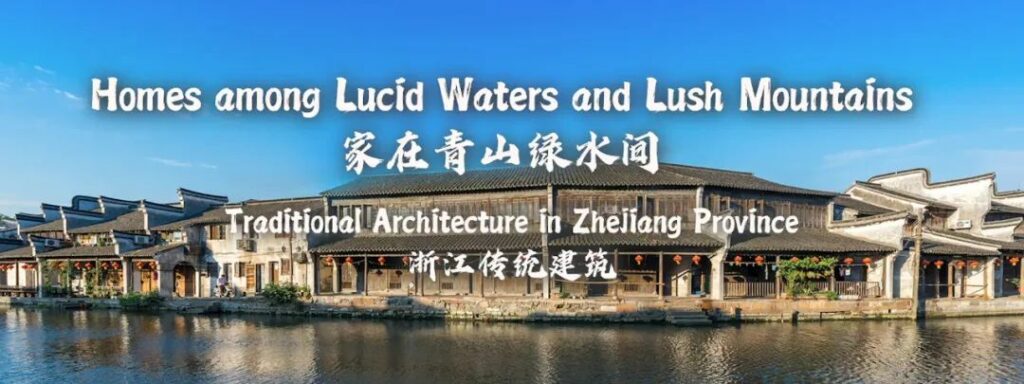 浙江,东临大海,素有“七山一水二分田”之说。一方水土养育一方人文,不同的自然环境滋养了不同的生活方式。
浙江,东临大海,素有“七山一水二分田”之说。一方水土养育一方人文,不同的自然环境滋养了不同的生活方式。
Zhejiang, facing the East China Sea in the east, has long been described as a land with “70% mountains, 10% waters and 20% fields”. A place with its particular soil and water nurtures unique humanity, natural environment and lifestyle.
导览 Promo video
浙江青山绿水与古老建筑的和谐之美,宛如天成。“山”、“海”、“泽”,不同地貌之上风格迥异的建筑,再现的是千百年来浙江人与自然相依相生的生活理念。无论是江南枕水而居的粉墙黛瓦,浙中世代聚族而居的深宅大户,抑或连绵群山里藏着的夯土泥屋,还是临海而生的蛮石垒筑,已然成为故乡“家”的代名词,静默守护着我们心中最初家的模样。
Lucid waters, lush mountains and ancient architecture in Zhejiang are as harmoniously blended as they are a natural match. Architecture of distinctive styles built on or near “mountains”, “seas”, “waters” and other landscapes reproduces the concomitant life philosophy of nature and locals in Zhejiang for thousands of years. Home, a sweet name cherished, comes in different ways. It can be walls and black tiles that lie on the south of the Yangtze River, the mansion of eminent families that live together for generations in central Zhejiang, the houses made of rammed earth in mountains, or stone ramparts built on the seaside.
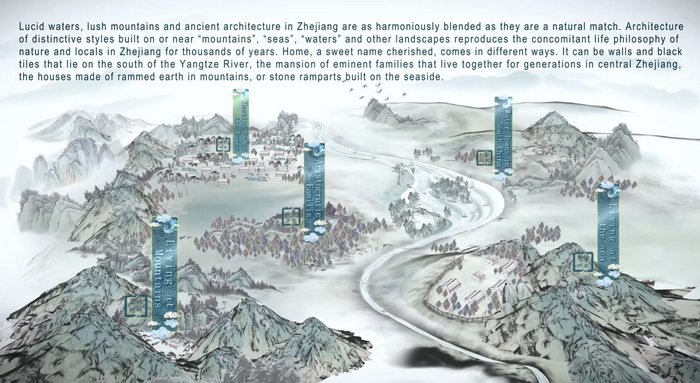
【檐下相逢 Meeting Under the Eaves】
明代大旅行家王士性《广志绎》,杭、嘉、湖平原的“泽国之民”,舟楫辐辏,百货所聚,生活富裕,民俗奢侈而典雅;金、衢、严、处的“山谷之民”,丘陵险阻,地气所钟,性情刚烈,民风勤劳俭约;宁、绍、台、温“海滨之民”,连山大海,餐风宿水,“官民得贵贱之中,俗尚奢俭之半”。民居,正是这种文化性格的典型反映。
Zhejiang, facing the East China Sea in the east, has long been described as a land with “70% mountains, 10% waters and 20% fields”. A place with its particular soil and water nurtures unique humanity, natural environment and lifestyle. Wang Shixing, a great traveler in the Ming Dynasty, wrote in his book Guang Zhi Yi (A Broad Description of Human Geography) that the “people of the waterborne kingdom” in Hangzhou-Jiaxing-Huzhou Plain lived an affluent and elegant life by trading in boats; the “people of mountains and valleys” in Jinhua, Quzhou, Yanzhou and Chuzhou were staunch and frugal in the fight against harsh geographical conditions; and the “people on the seashore” in Ningbo, Shaoxing, Taizhou and Wenzhou endured winds and rains, thus “officers and ordinary people were neither noble nor humble, neither luxurious nor austere”. Local dwellings are typical reflections of such cultural characters.
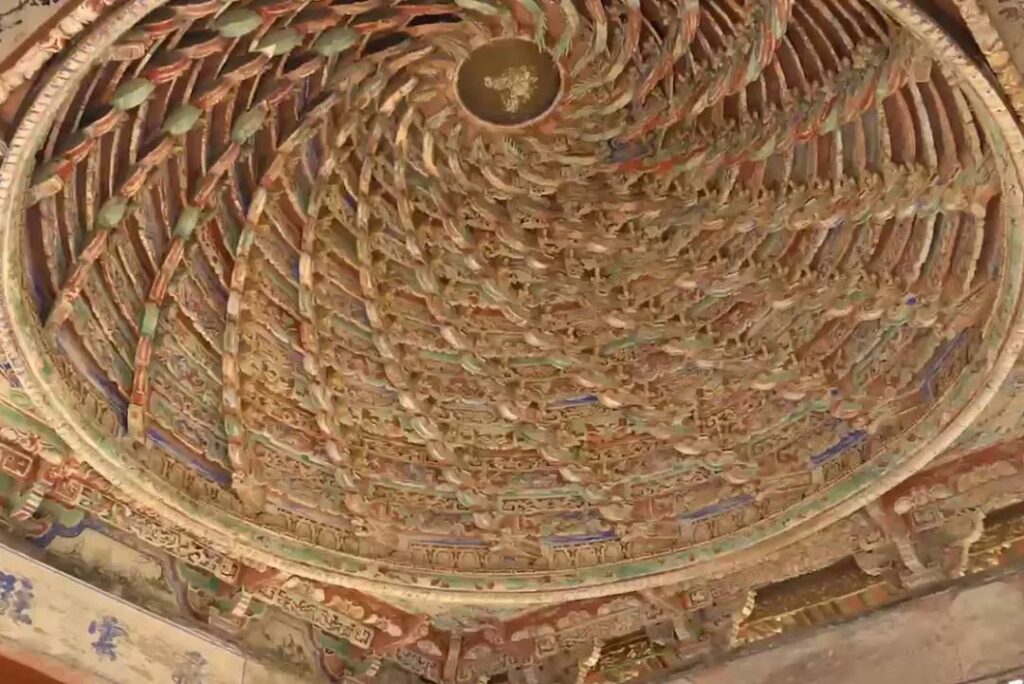

宁海古戏台 Ninghai Ancient Stages
【向海而生 Living at the Sea】
东海之滨,山海之间蜿蜒曲折的海岸线上,遍布着无数小渔村。人们以石块垒砌起坚固的房屋,狭小的石窗可以防止潮气的滋扰,压顶的石块可以抵御台风的侵袭。渔民们或出远洋捕捞,或在近海养殖。庄稼人,有农田稻田;讨海的人,大海也是一亩浩瀚的田。
Innumerable small fishing villages dot among mountains and along the winding coastline of the East China Sea. Locals build solid houses with rocks and stones in which the narrow stone windows can prevent moisture in the air, and roof stones are used for resisting typhoons. Fishermen either go for high sea fishing or for offshore acquaculture. Farmers live on farm land and rice land; fishermen live on the vast land of sea.
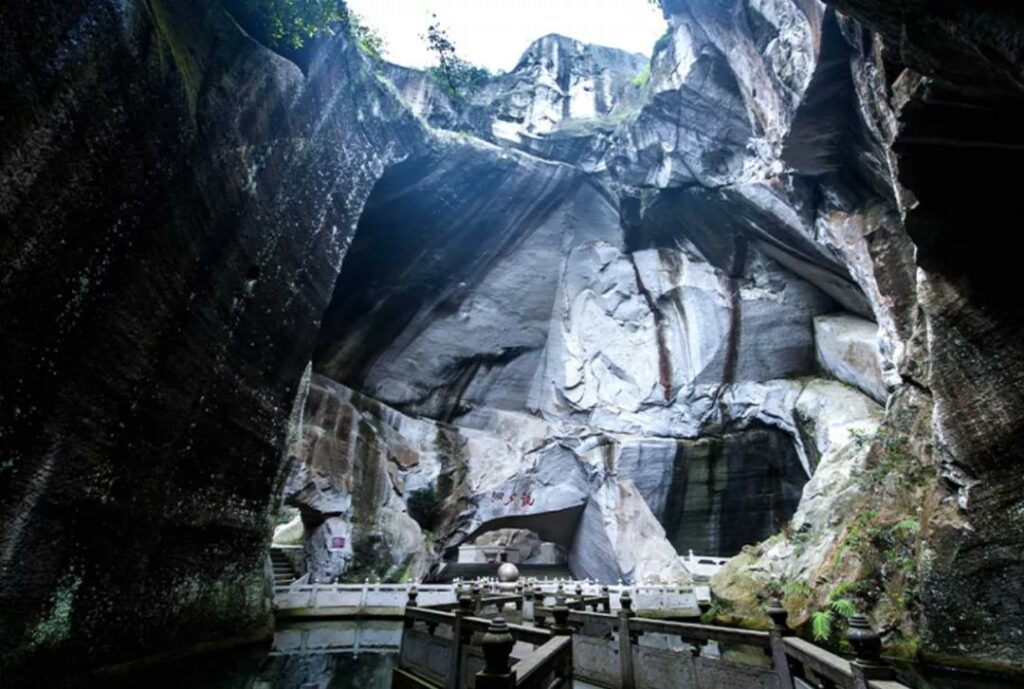
长屿石宕 Changyu Quarry
【江南水乡 Water Towns in South of the Yangtze River】
浙江水乡平原,号称鱼米之乡、丝绸之府。这里的人们,用智慧与勤劳,改造自然,形成了蚕桑纺织和鱼类养殖相结合的立体生态农业。京杭大运河沟通至此,把江南的大米、丝绸和食盐运送至全国各地,杭嘉湖平原也一跃成为中国最富庶的地区之一。这里河港密布,几乎每一户民居都依水而建,辟有码头,行船过桥是这里的人们最常见的交通方式。
The watery plain of Zhejiang is renowned as “land of fish and rice” and “home of silk”. The locals, with wisdom and diligence, have transformed nature into a 3-D eco-agriculture integrating sericulture, textile and fish culture. The Beijing-Hangzhou Grand Canal transported rice, silk and salt from the south to the other areas in China, so Hangzhou-Jiaxing-Huzhou Plain has become one of the richest regions in China. With a crisscrossed network of rivers, bridges and piers, most of the households are set along the rivers and boats are the most common means of transportation for locals.
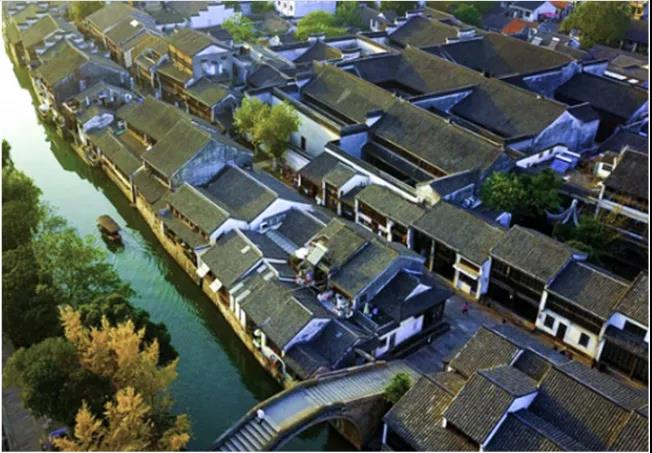 南浔古镇 Nanxu Ancient Town
南浔古镇 Nanxu Ancient Town
【簪缨世家 Aristocratic Families】
浙江的中部有金衢平原。平原的人们虽辛勤耕耘,无奈土地肥力有限,收获平平。这里民居密集,宗族间的小家庭遵照严格的次第关系,紧拥着宗祠排列聚居。要从人口稠密、门户紧凑的族群中脱颖而出,就需要付出更多的努力。书生苦读而获取功名,工匠苦学而精通技艺,商贩苦行而集聚财富,这里的人们用执着和坚韧把这片贫瘠的土地变成了歌山画水。
In central Zhejiang lies the Jinhua-Quzhou Plain where the people toiled day after day but reaped little due to barren land. The densely populated area was home to the small families of clans that lived in close proximity to their ancestral halls in strict hierarchy. It took more effort to stand out from the densely populated and tightly-connected community in traditional society, so students studied diligently for being successful in imperial examinations, craftsmen learned hard to master skills, and merchants worked hard to accumulate wealth. In a sense, the people here turned this barren land into a livable place with picturesque mountains and rivers with their persistence and tenacity.
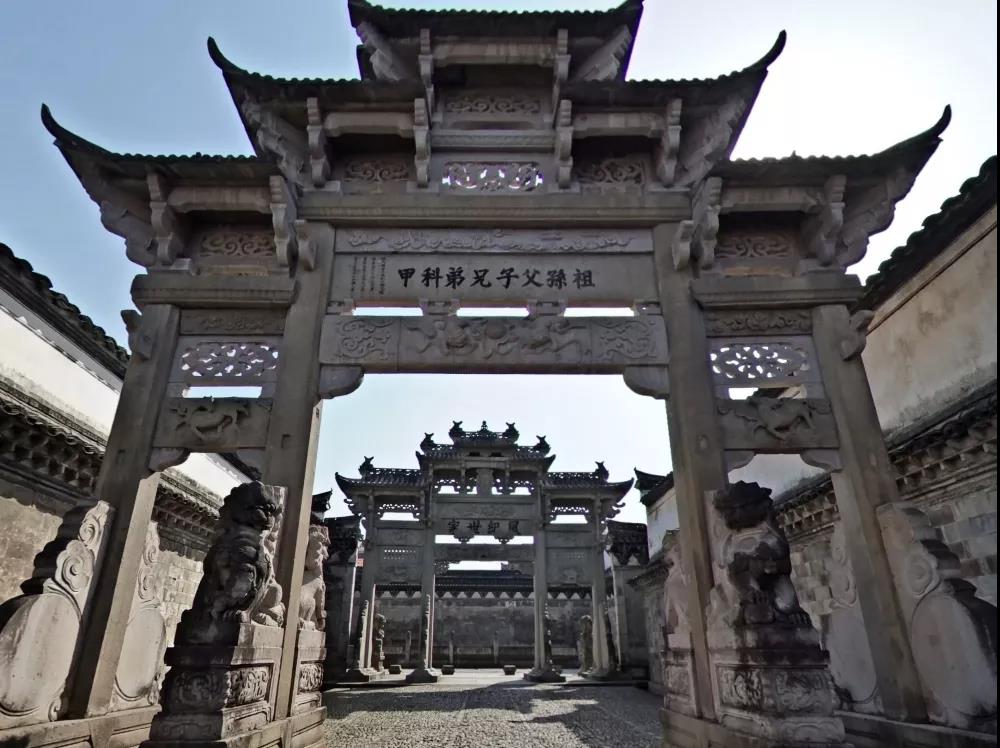
东阳卢宅 Lu’s Residence in Dongyang
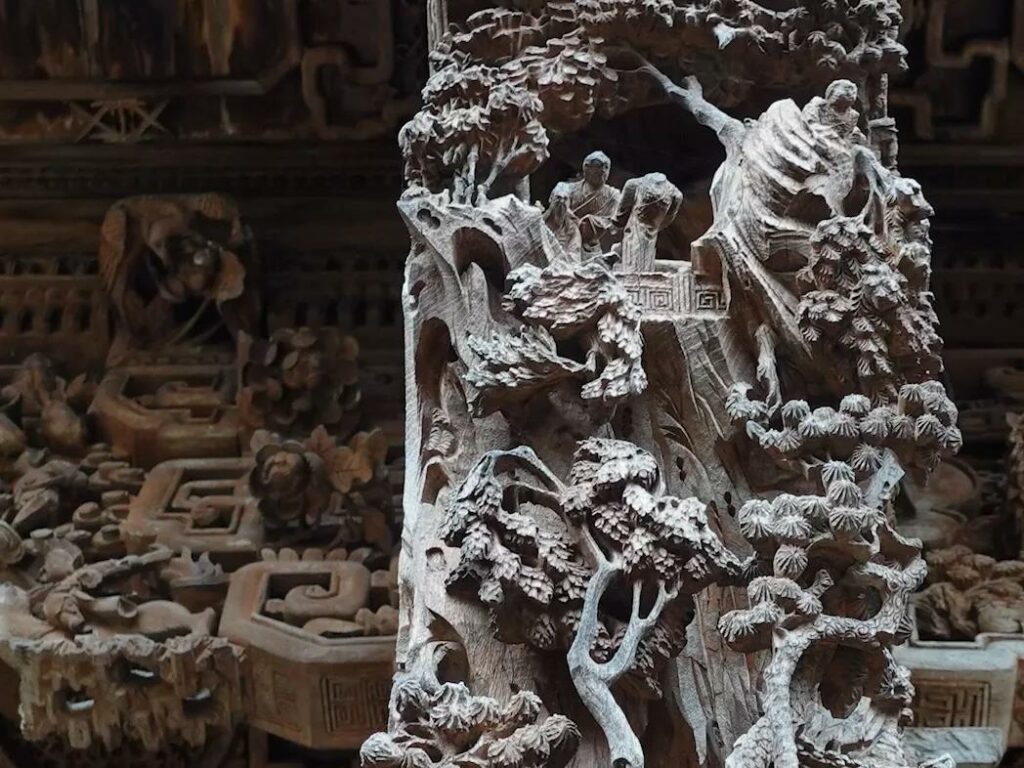
史家庄花厅 Shijiazhuang Flower Hall (Parlour)
【山林躬耕 Living in the Mountains】
山区人民,靠山吃山。他们铺设古道,把闭塞的山岭变成便捷的通途;他们营造梯田,将陡峭的山岭变成层叠的阡陌;秀山丽水之间,人们聚族而居,阡桑麻满圃,鸡犬相闻。梯田层叠,依山赋形,扶摇直上,是线条与色块的美妙组合,伫立遥望,山川野岭,美不胜收。
The people in mountainous areas live on mountains. They paved ancient paths to turn enclosed mountains into convenient thoroughfares; they plowed steep slopes into terraced fields; they lived together in clans among beautiful landscape, planting mulberry and hemp, feeding chicken and dogs. Terraced fields, along the slopes, constitute a wonderful combination of lines and color blocks. The beauty of natural scenery is in a panoramic view.
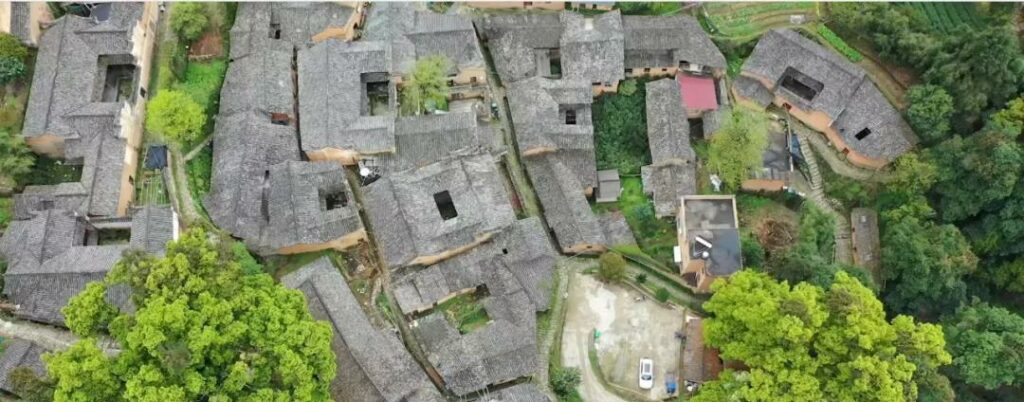
松阳民居 Songyang Ancient Dwellings
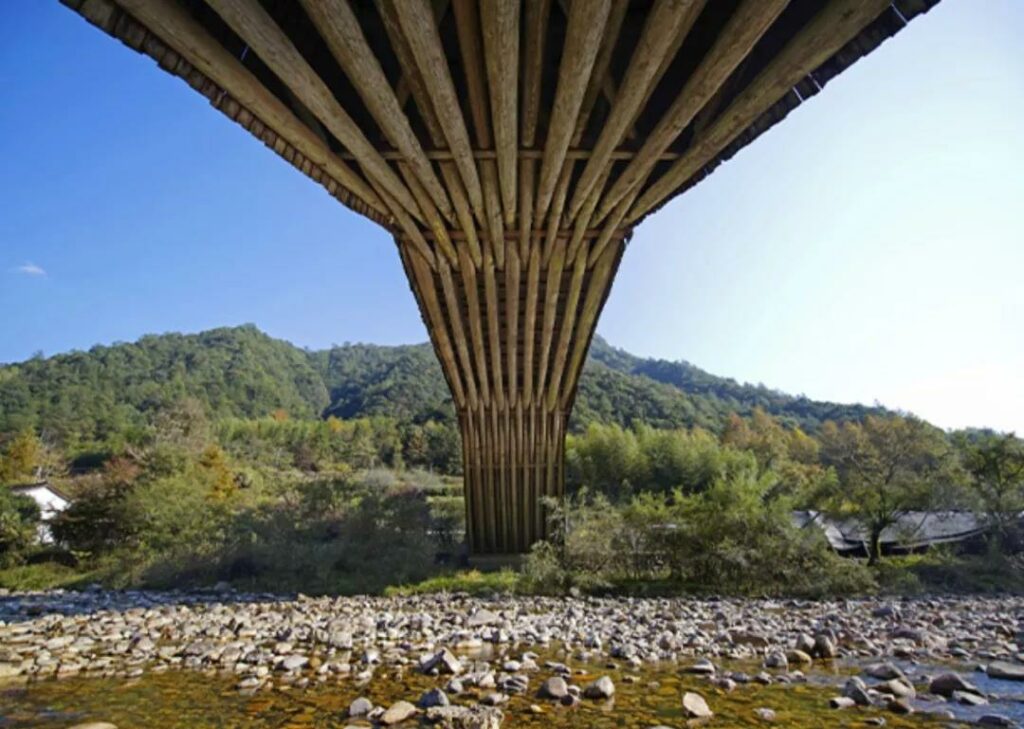
廊桥 Lounge Bridge
以下链接观看云展览
Click the link below to see the online
exhibitionhttp://www.cccstockholm.org/cloudExhibition/
Facebook: China Cultural Center in Stockholm
https://www.facebook.com/China-Cultural-Center-in-Stockholm-110983273921638
Instagram: chinaculturalcenterinstockholm
https://www.instagram.com/chinaculturalcenterinstockholm/
Youtube: China Cultural Center in Stockholm
https://www.youtube.com/channel/UCYqOYwuQtyTHC-iMNdfExsw
Tik Tok: cccinstockholm
@cccinstockholm
地址/Address:
Västra Trädgårdsgatan 2, Stockholm
